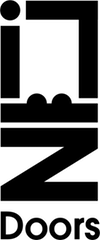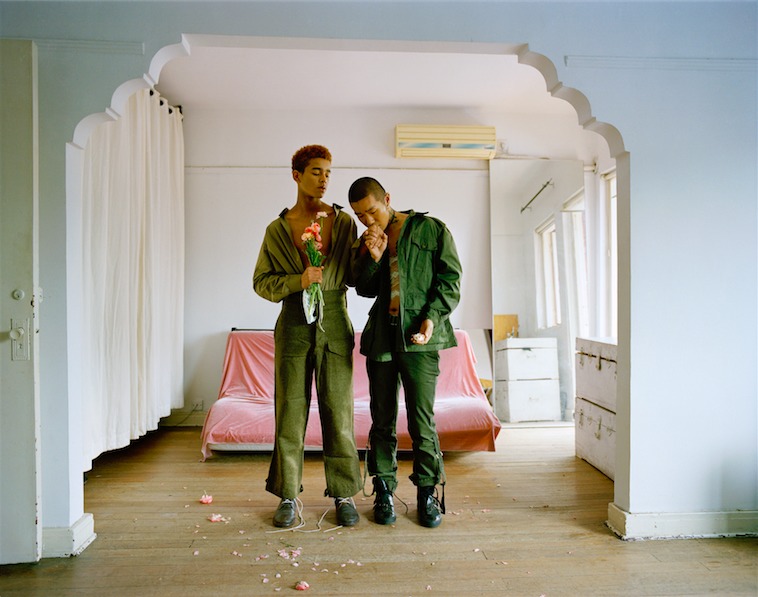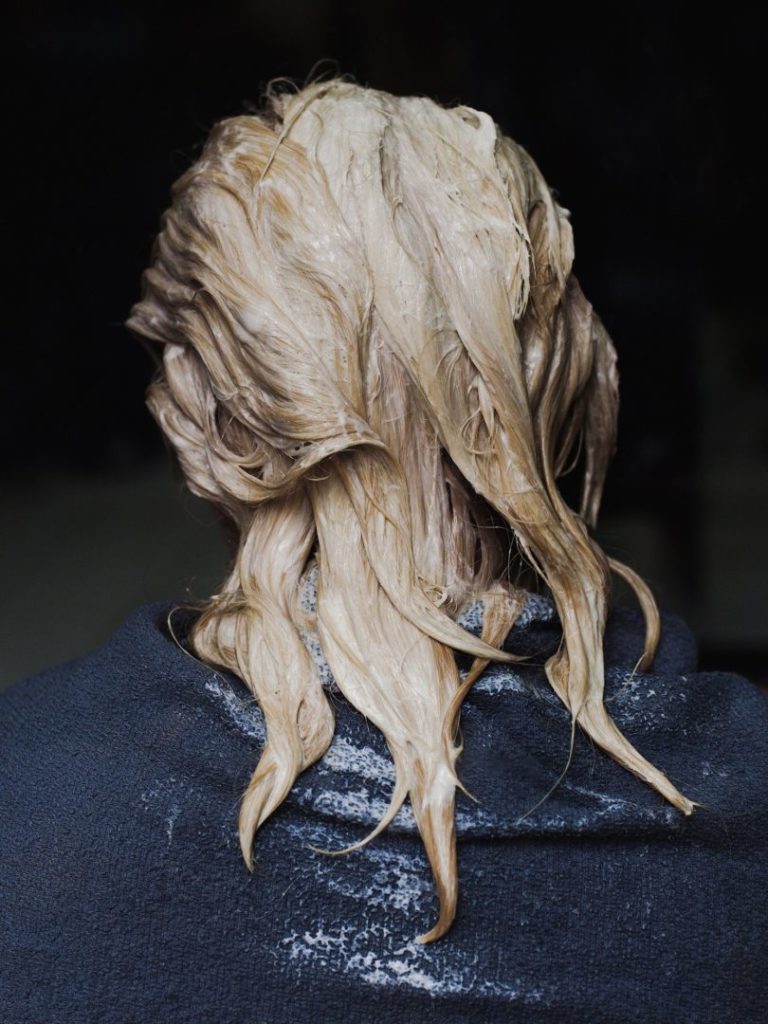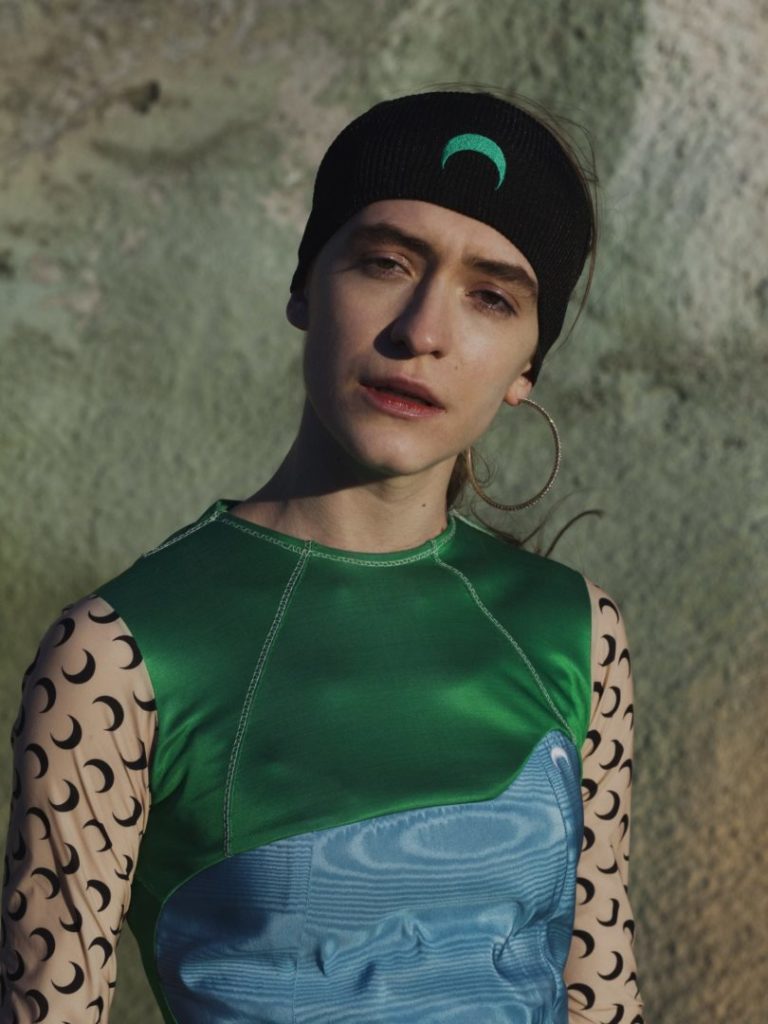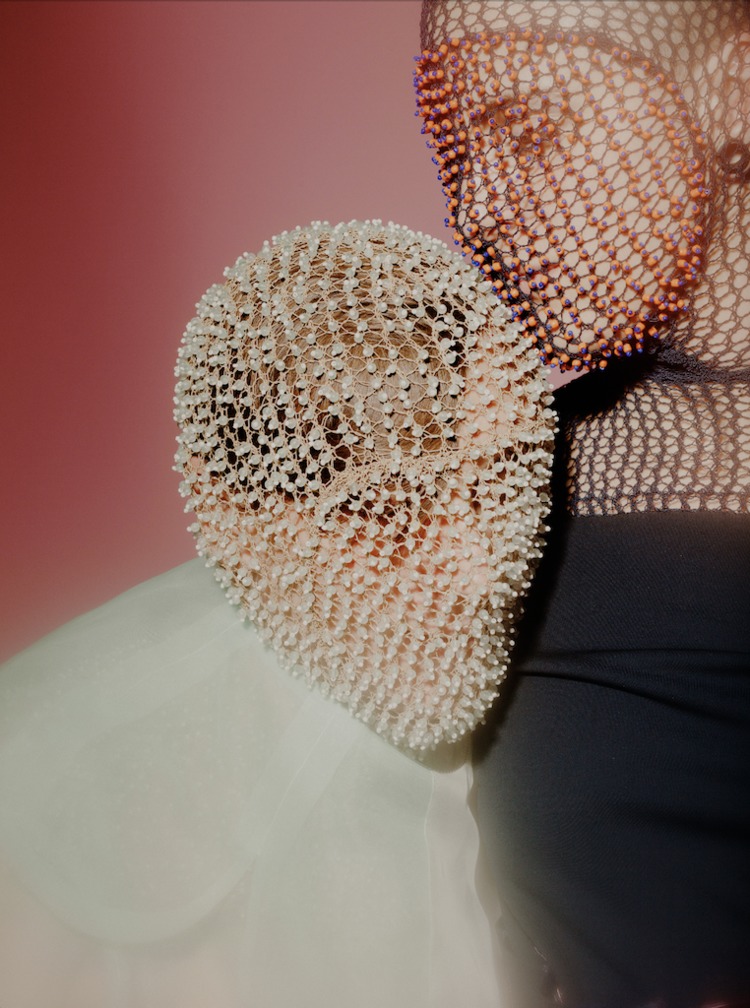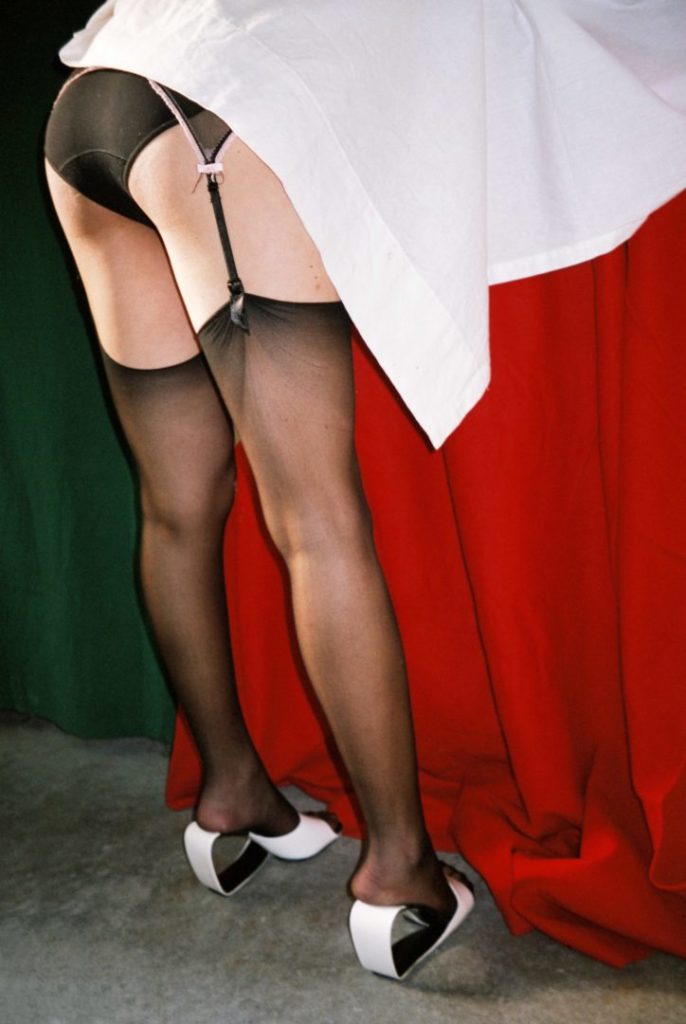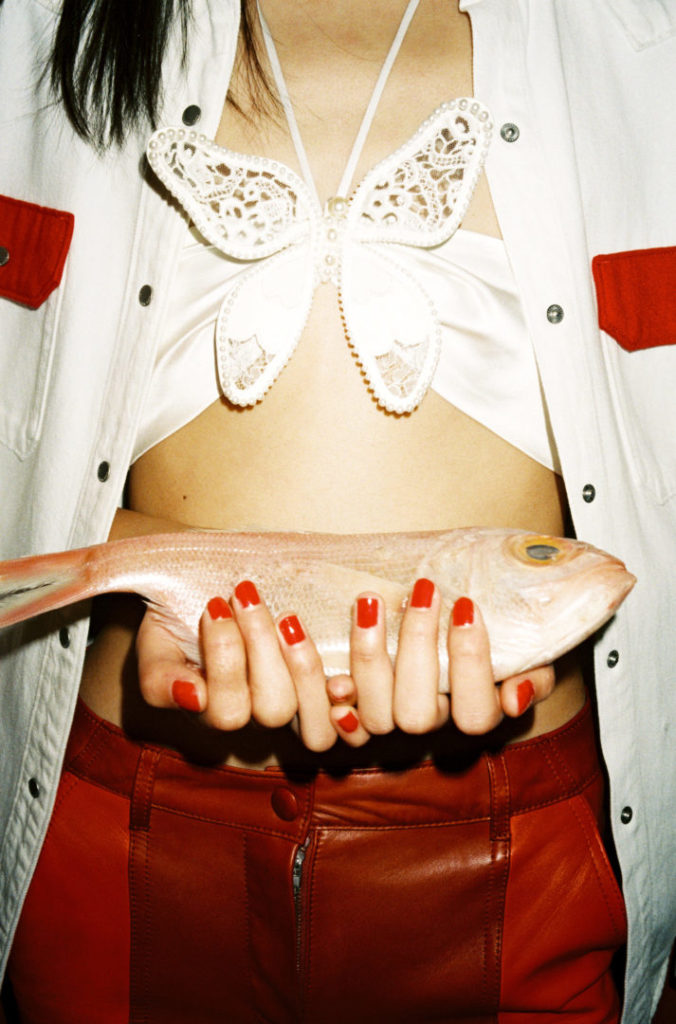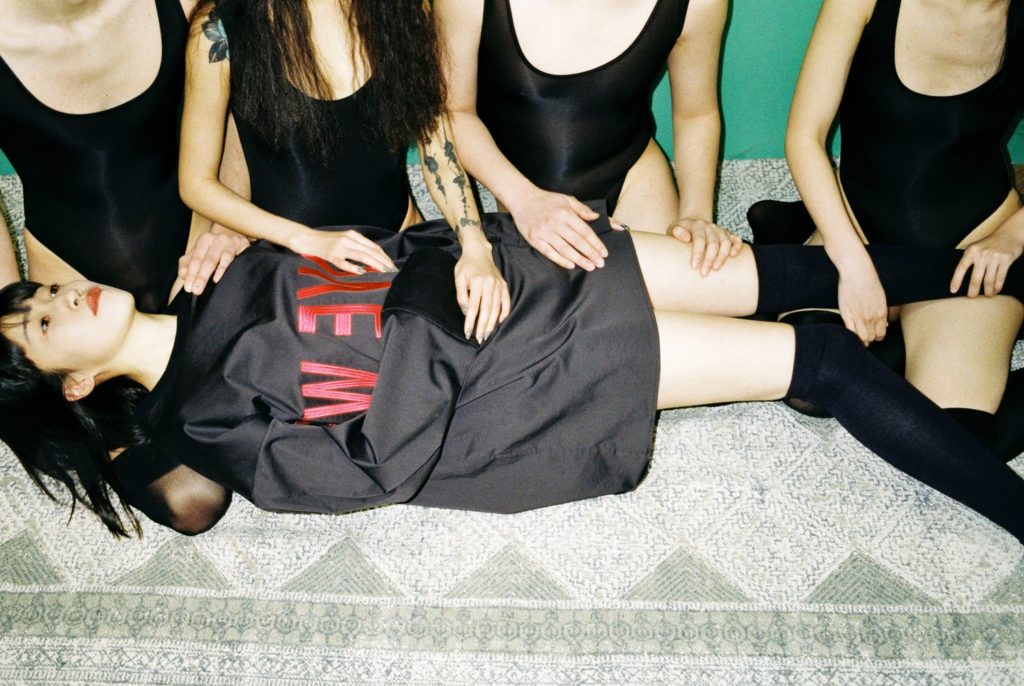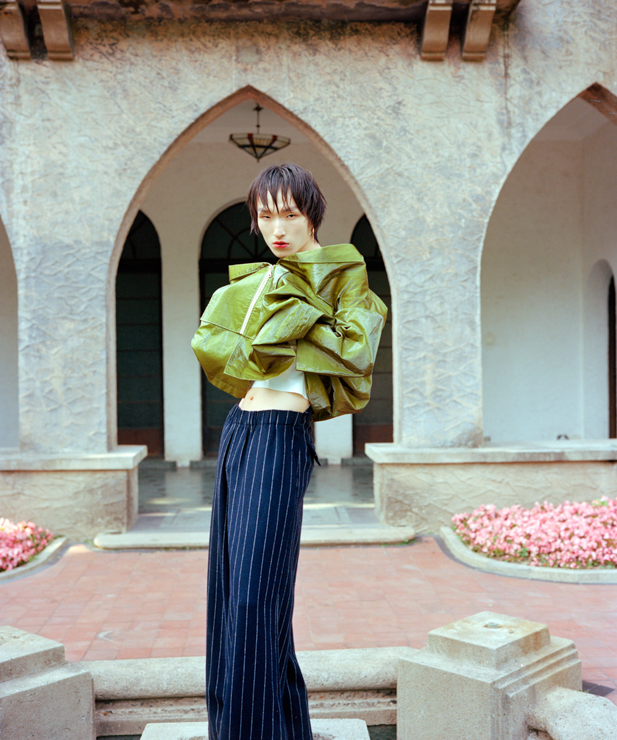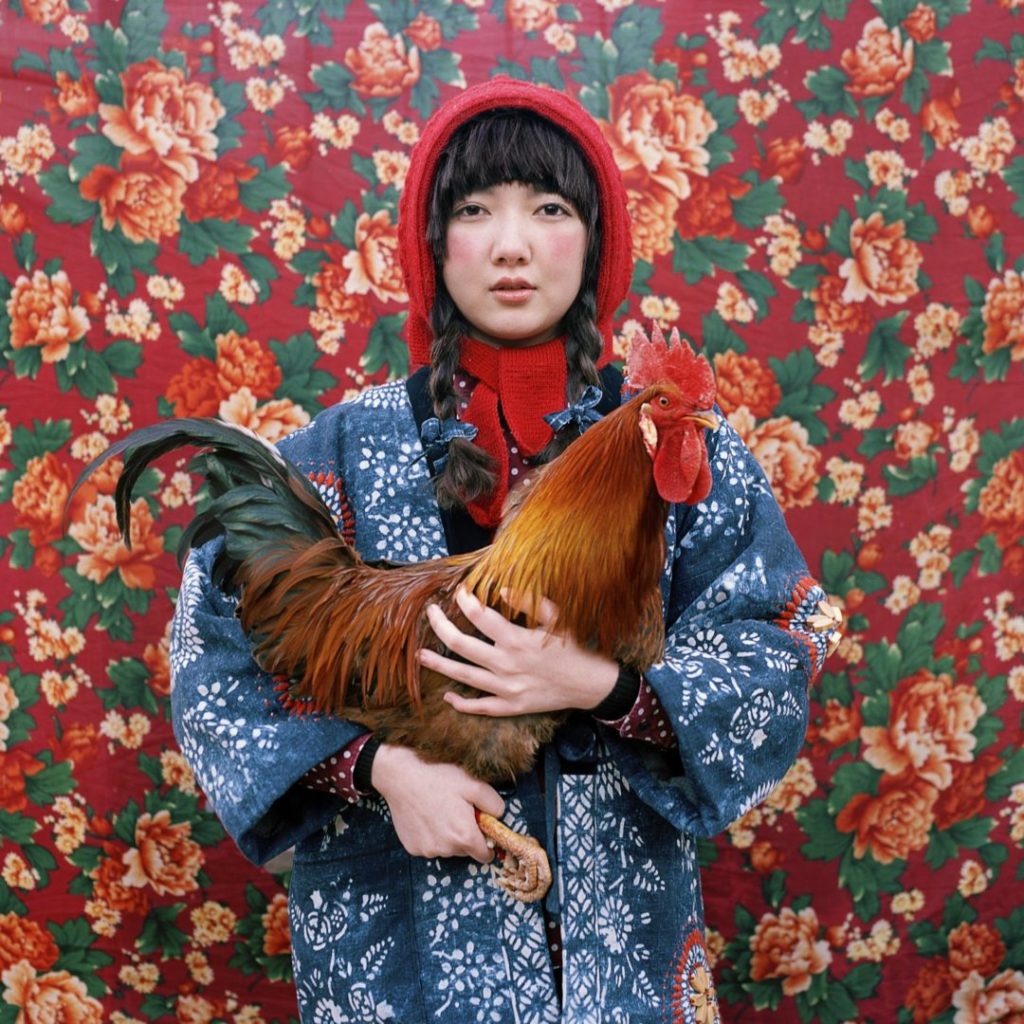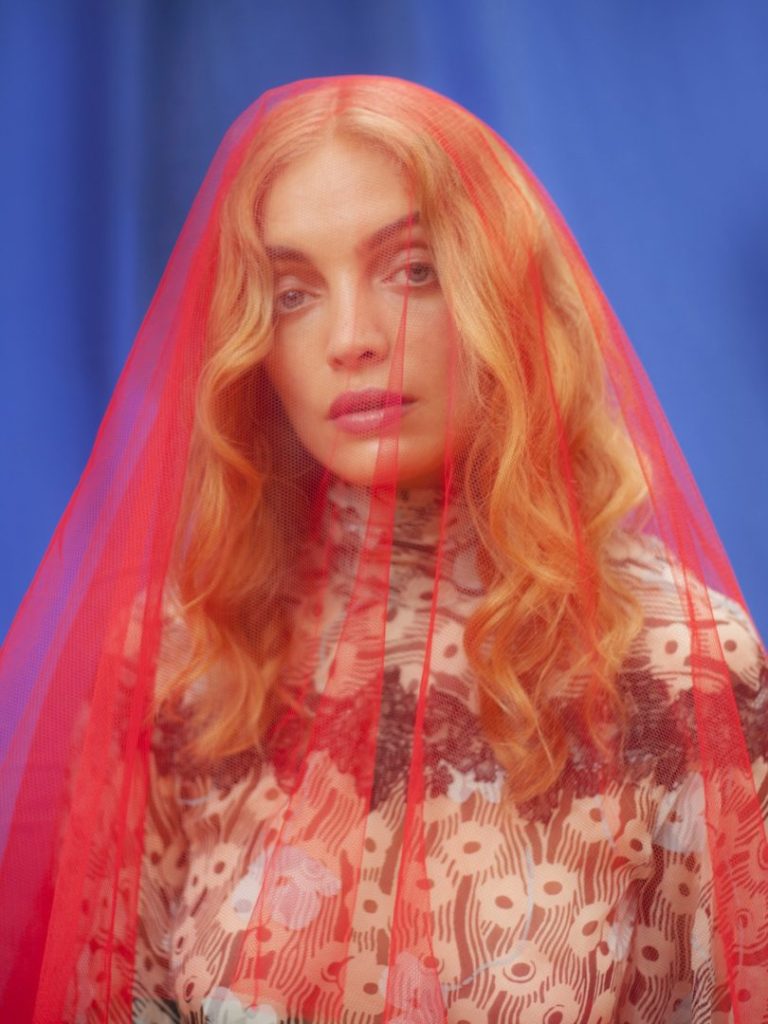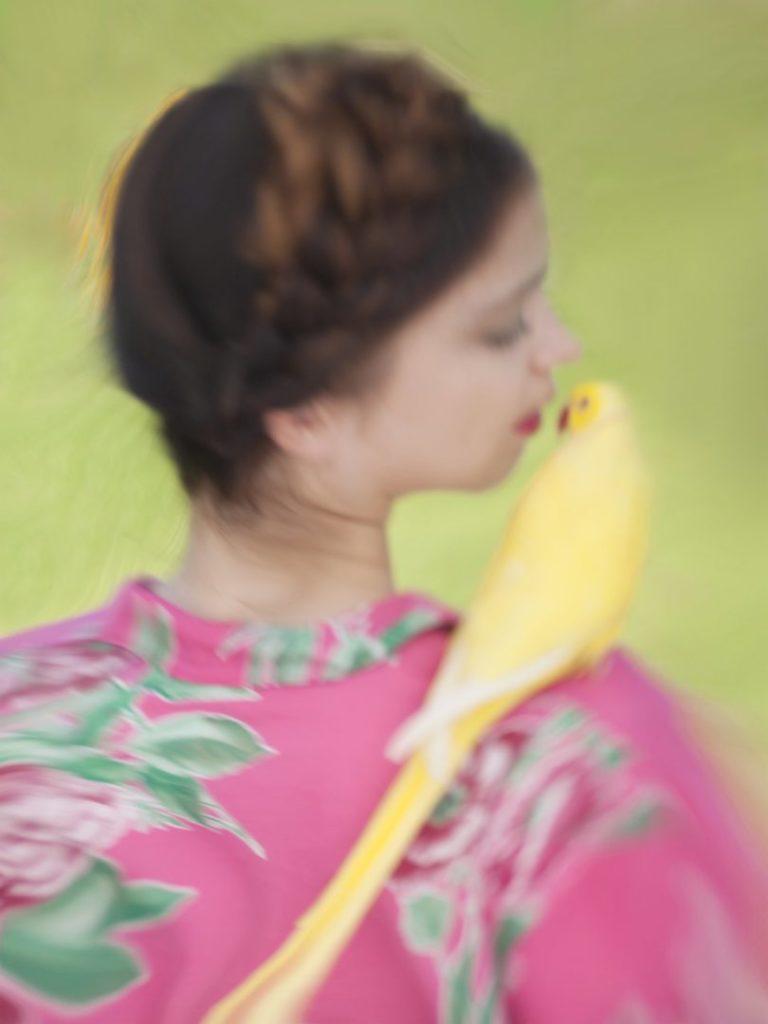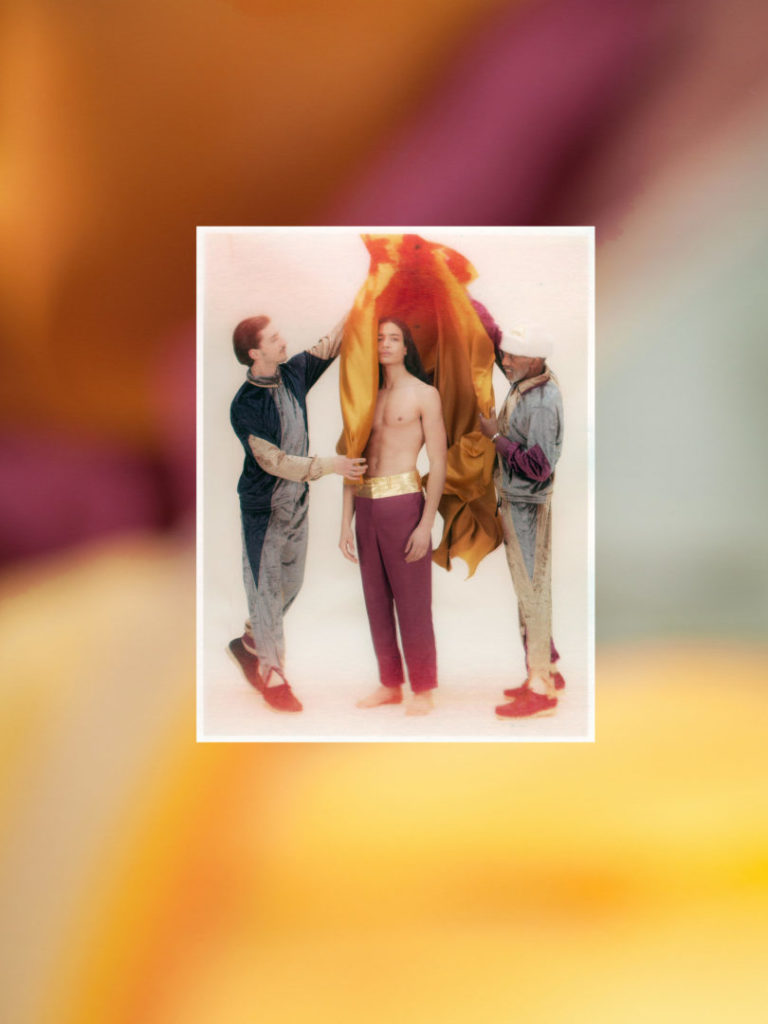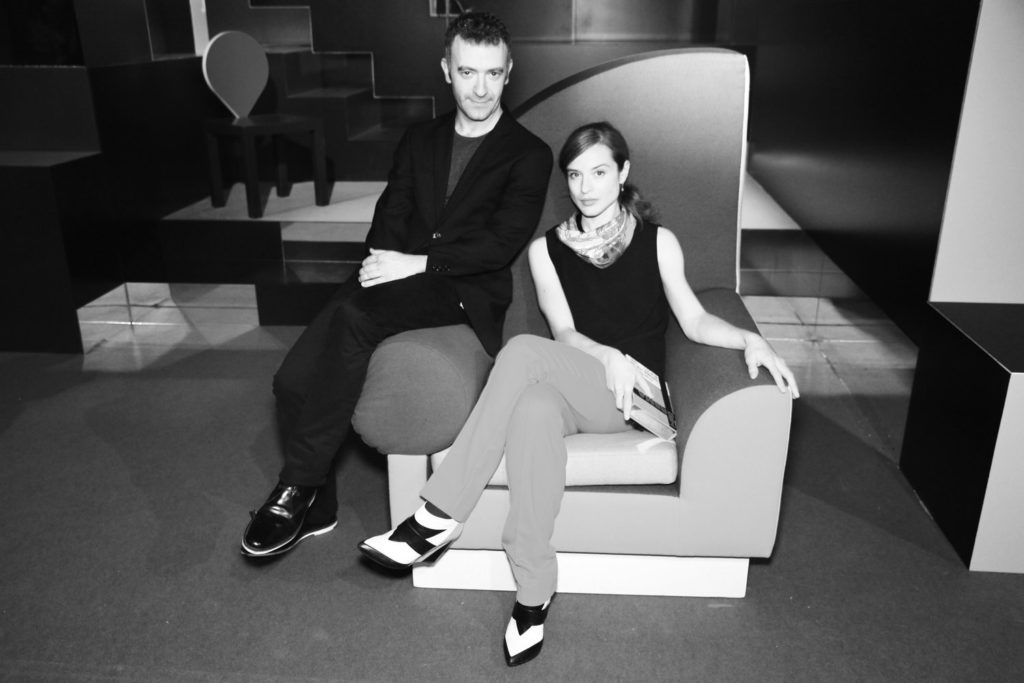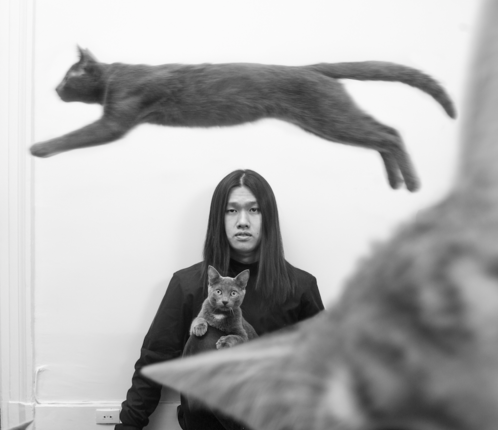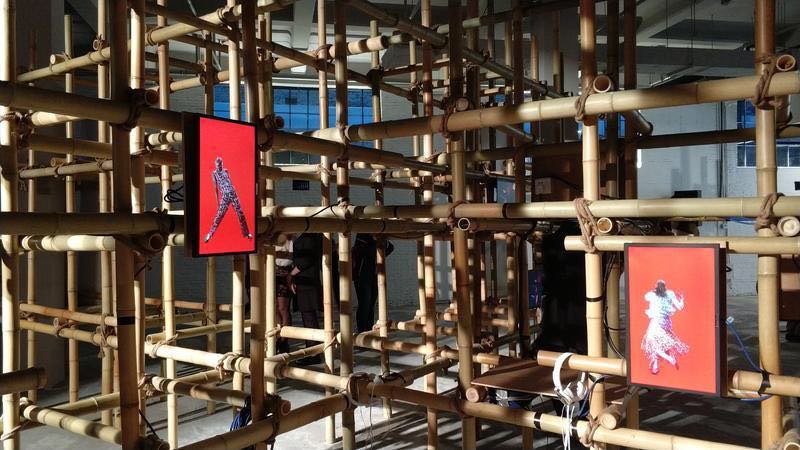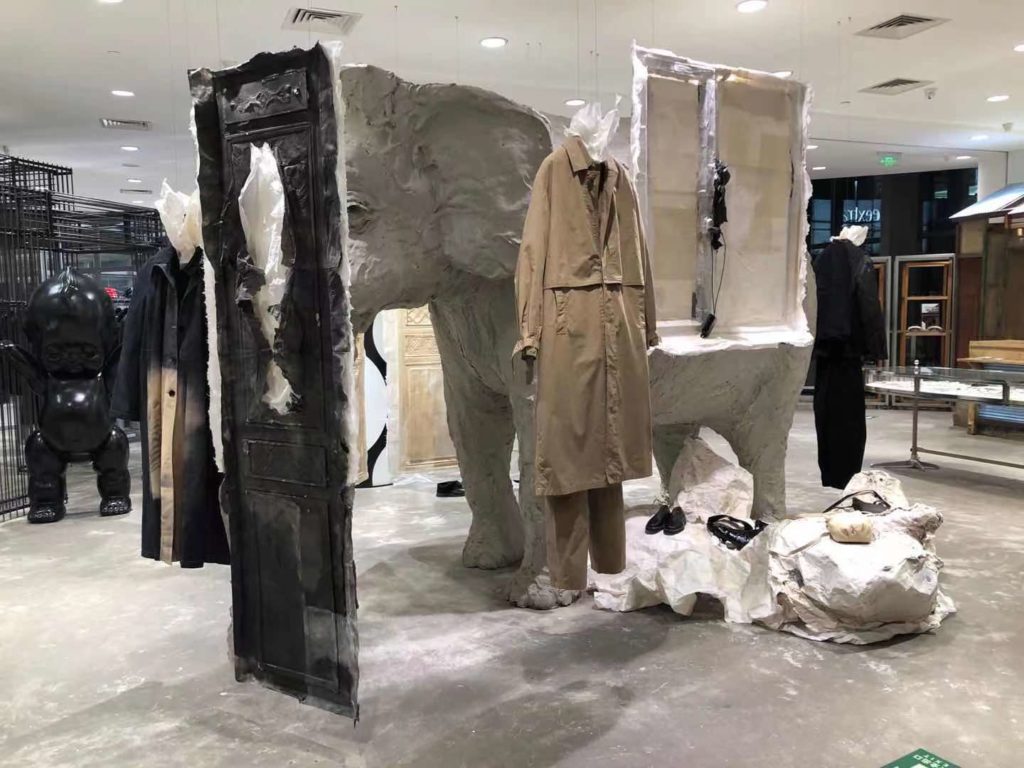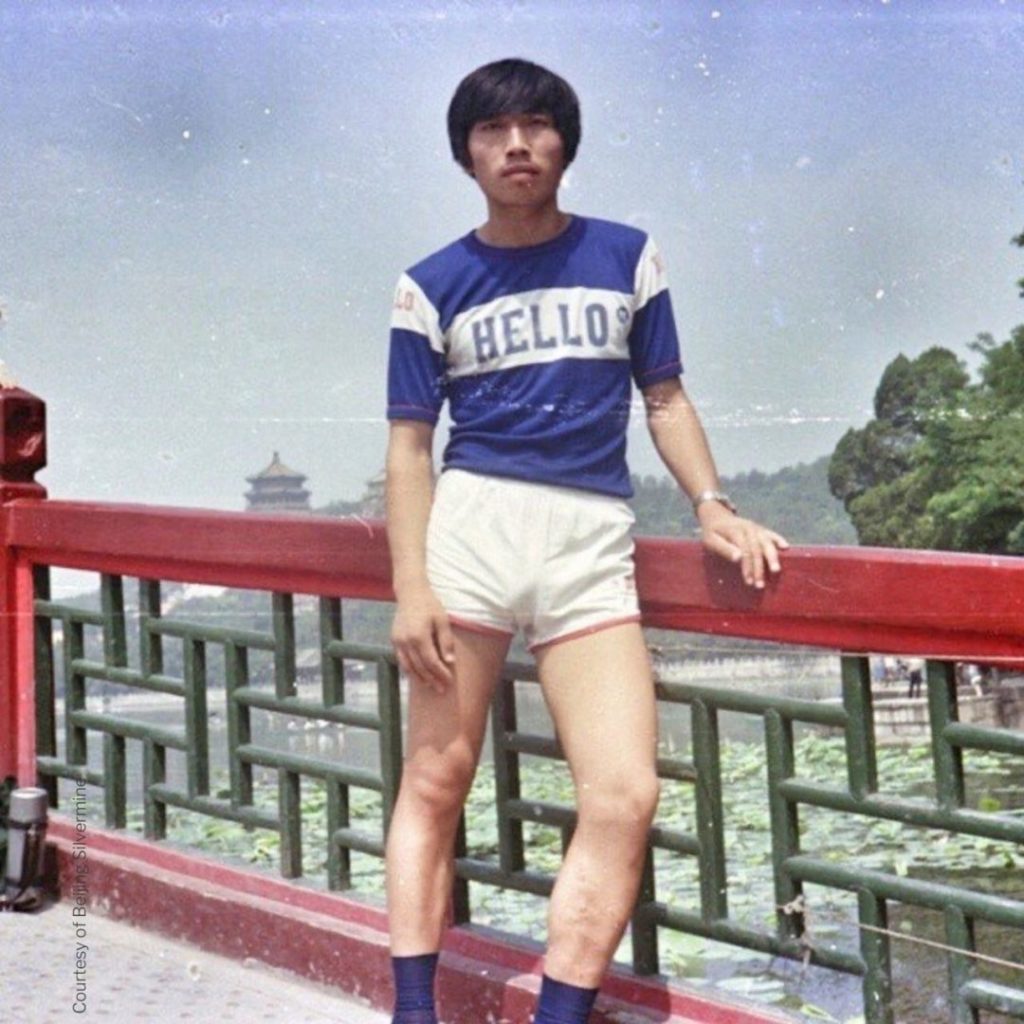When young photographers look at today’s new designers, they see a pretty crazy emerging scene. Creativity feeding inspiration feeding creativity. The inventive and daring style of these young designers results in subjects that feed the photographers’ imaginations and lets them explore their emotions, obsessions and desires.
The photographers selected for the exhibition, A nous la mode!, part of the first Franco-Chinese Fashion Meetings are very young. Lin Zhipeng was born in 1979, Paul Rousteau and Liu Shuwei in 1985, Louise Desnos, the youngest, was born in 1991. They have the distinction of developing parallel portfolios in fashion and art, drawing from each a singular inspiration, which in turn illuminates the other. Freed from complexity, reversing situations and genres, working their photos as the painter does their palette, these talented artists capture silhouettes drawn by others armed with their personality, in the same way that they sometimes use the codes of fashion to build their own personal universe.
We asked each photographer to select and comment on three of their images related to fashion.
